Krasnogorsk Dialysis Centre
Moscow – history meets modernity the Russian way
The Russian capital is just as fascinating as its eventful history. Between colourful onion towers and golden domes, countless traces speak of the fundamental transformations, revolutions and wars Moscow has lived through. The impressive edifices host historical treasures and awesome art collections.
Moscow is not explored on a weekend. It has been called the third Rome, after all. Give yourself a couple of days to capture the fascinating mixture of power and edginess in this monumental city. Coordinating your dialysis appointments in advance will give you the time. Within the Moscow city limits, you can choose between seven NephroCare clinics to address your holiday dialysis request.
One practical tip on the side: Memorise the Cyrillic characters before your journey. It helps to find your way around, as nearly everything is still labelled in Cyrillic letters. Knowing at least a few Russian words is valued as a sign of respect but not expected. And, contrary to popular notions, Moscow is perfectly safe for tourists.
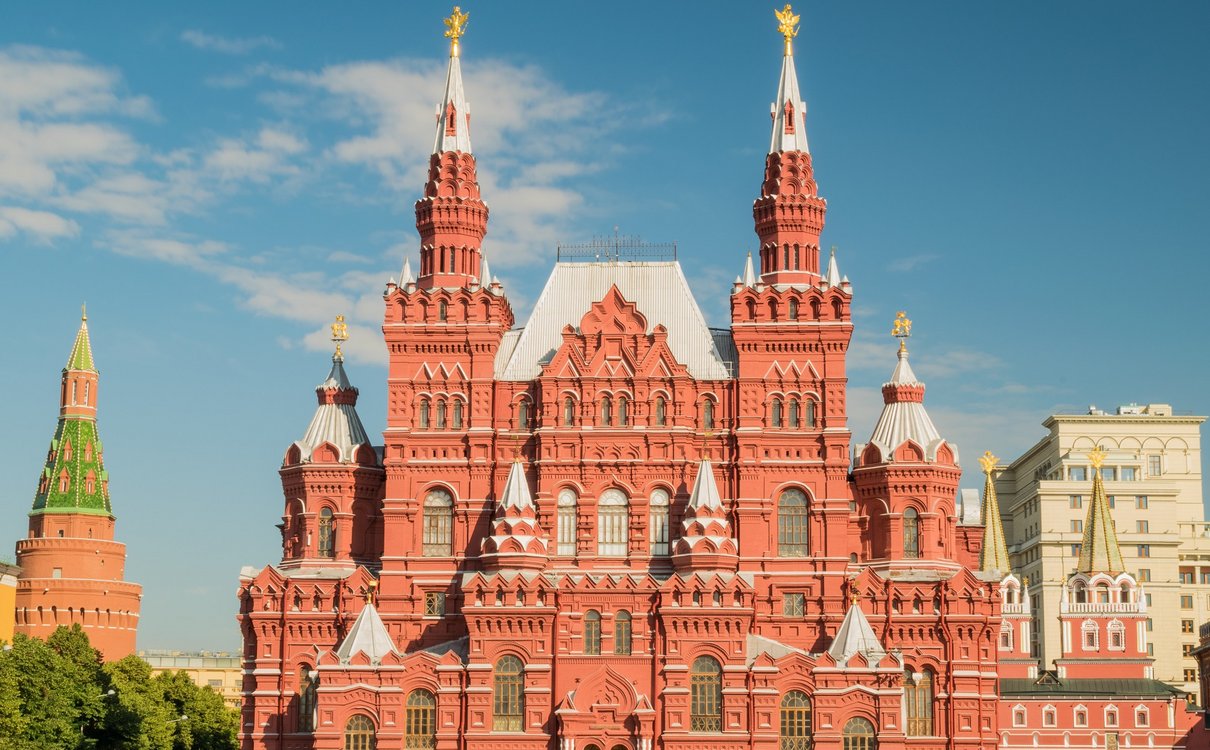
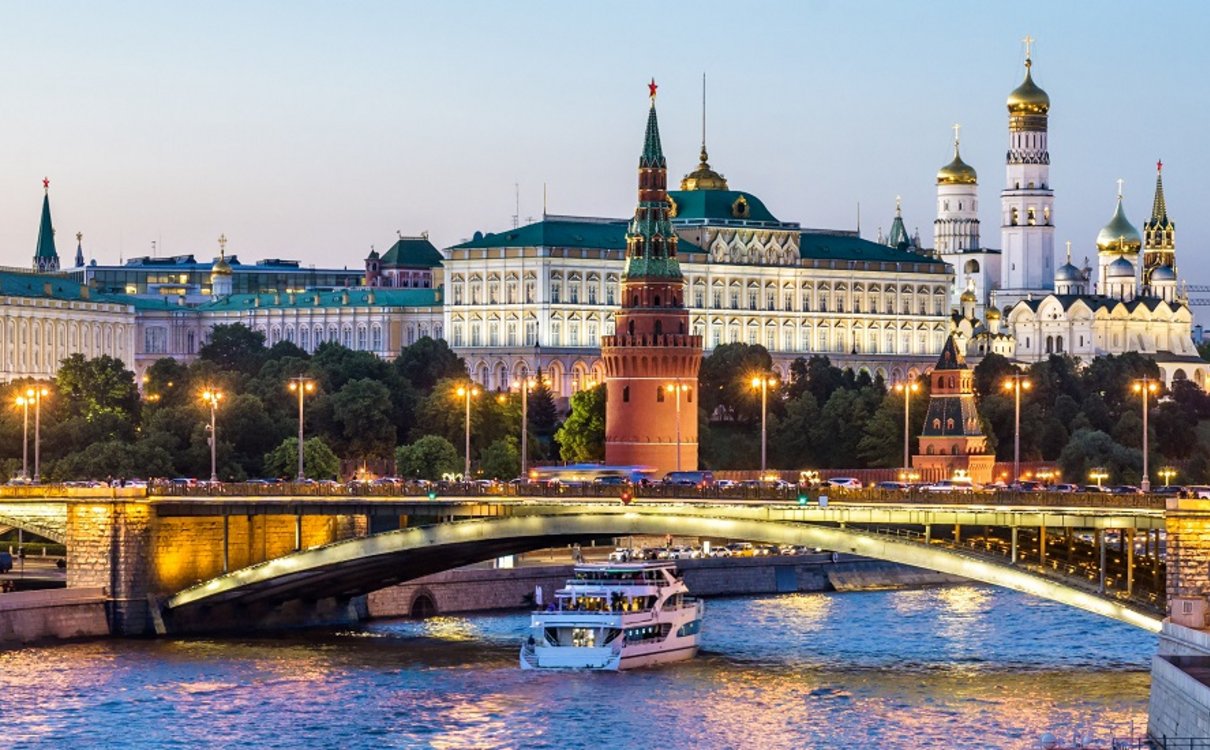
Activities & Sights
Around the Red Square
Visiting the area around the Red Square could fill a holiday on its own, there is so much to see and to take in. The meaning of the Russian krasnaya in the name has changed to 'red' now, but it meant 'beautiful' in old Russian. And “Krasnaya ploschtschad” lives up to its name. The square itself, one of the largest public places worldwide, has seen its fair share of public spectacle: fairs and political or religious parades happen regularly. Executions and barricades were a common occurrence. And do you remember the hobby pilot’s Matthias Rust daring touchdown in 1987?
The buildings around the square are a perfect match in historical eventfulness. You can see the many-coloured towers of St. Basil’s Cathedral from afar. It was built after Ivan the Terrible had conquered the Tatars in 1552. The towers were designed to make the building look like the shape of a flame on a bonfire.
The architectural structure of Lenin’s Mausoleum is quite dominant on the square. An elegant red brick building in neo-Russian style houses the State Historical Museum. Several impressive churches complete the diverse scenery. To one side, the GUM Department Store encloses the area. The stunning interior of the glass-roofed arcade houses a variety of high-end boutiques.
Why are the stars on the Kremlin red?
Despite its historical burden the Moscow Kremlin on the Red Square is an incredibly beautiful edifice, from the inside as from the outside. More than a simple city palace, it seems like a walled city within a city, with palaces, churches and gardens. It uses the equally splendid “Saviour’s Tower” as a parade entrance. The Kremlin also hosts the world’s most expensive eggs. Despite all the treasures displayed in the Armoury Chamber, the Fabergé eggs remain the principal reason for visiting the exposition.
The first stars, mounted on the Kremlin towers as a symbol of the Soviet Union to replace the huge double-headed eagle of the tsarist coat of arms, were made of steel. In 1937, they were substituted by stars made from ruby-coloured glass with a steel frame. They are illuminated from within so ingeniously that they never lose their brilliant red colour, neither in the sunlight nor in the nightly darkness. The best spot for a keep-worthy Kremlin snapshot is from its southwest corner.
And there’s more…
Even if it sounds like a platitude, Moscow is really big. So there is quite a bit of commuting to do even for tourists. To this end, the capital hosts a monumental underground system, the Moscow Metro. It is not only easy to get around, but it is also awesome to walk through the tunnels and corridors. Here, at the latest, it is clear that memorising the Cyrillic letters in advance has been a good idea.
Izmailovsky Market is Russia’s best flea market. Here, you are likely to find what you have not been looking for, including walls of the typical matryoshka dolls, Soviet memorabilia, artisan crafts and local handiwork.
Behind the walls that once served as a fortress, Novodevichy Convent harbours four cathedrals and a fascinating icon collection. In former times it was common for women from noble families to retire in monasteries – or to be “imprisoned” here if their families thought them to be in the way.
Last but not least in this arbitrary selection of Moscow attractions is Gorky Park on the bank of the Moskva River. After the rides and rollercoasters were removed in 2011, the green has gone back to being a public oasis for enjoying a leisurely stroll or jog, a picnic or an ice-cream. There’s entertainment for every taste and age, from outdoor dancing sessions and yoga classes to beach volleyball, ping-pong and open-air concerts and cinema. Even bikes are available for rent near the entrance.
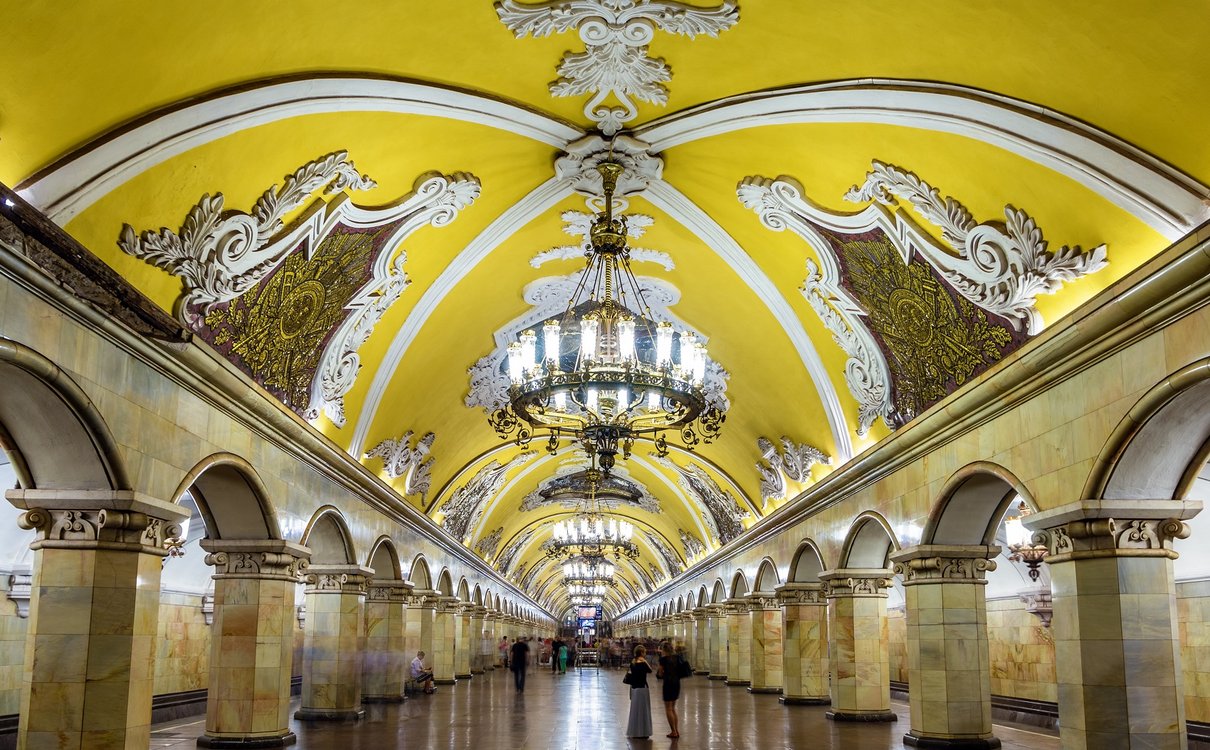
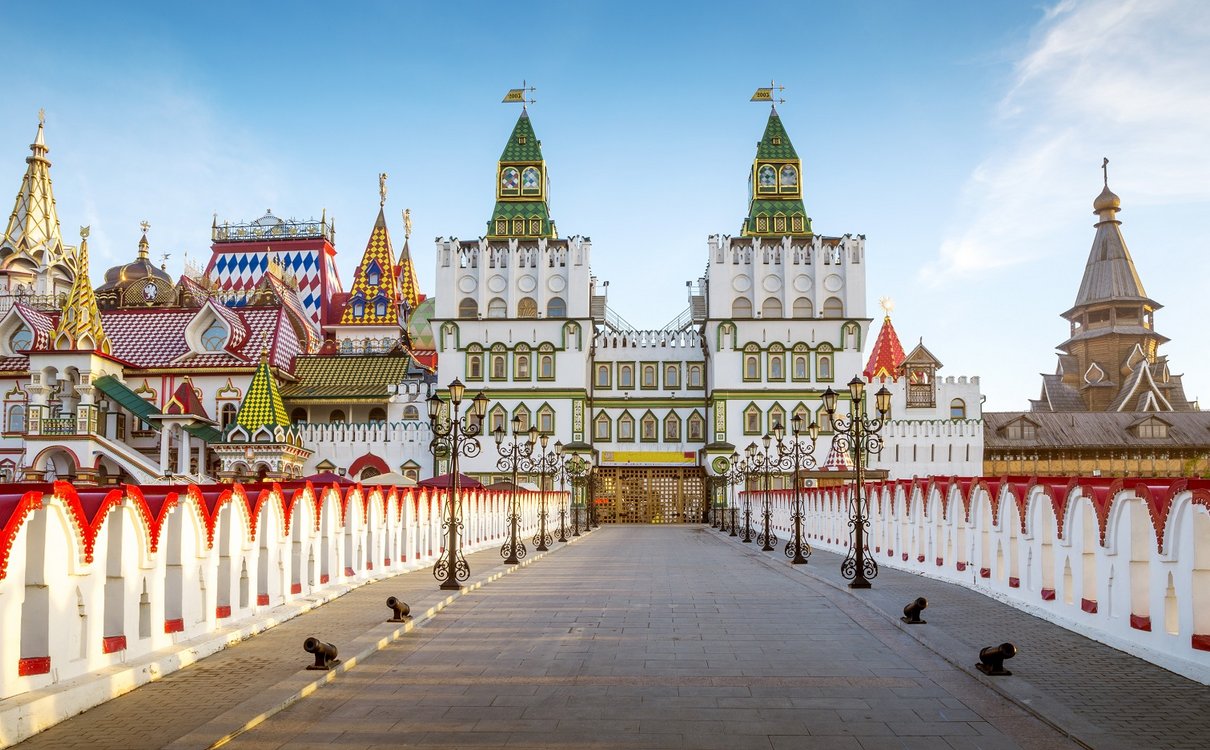
Accommodation
Moscow provides a large number of hotels at a good price, of course, while the range of low-budget lodgings is rather small. There is the option of private rooms on a bed and breakfast level, though. Living with a Russian family also offers a better insight into “real” everyday life. The hosts are very hospitable and willing to share information about their city and country. If that is an option, look for bed and breakfast agencies that act as brokers. You are well-advised to organise your travel well in advance and ensure you have enough time for the visa process. Also, to get a visa you will need a reservation.
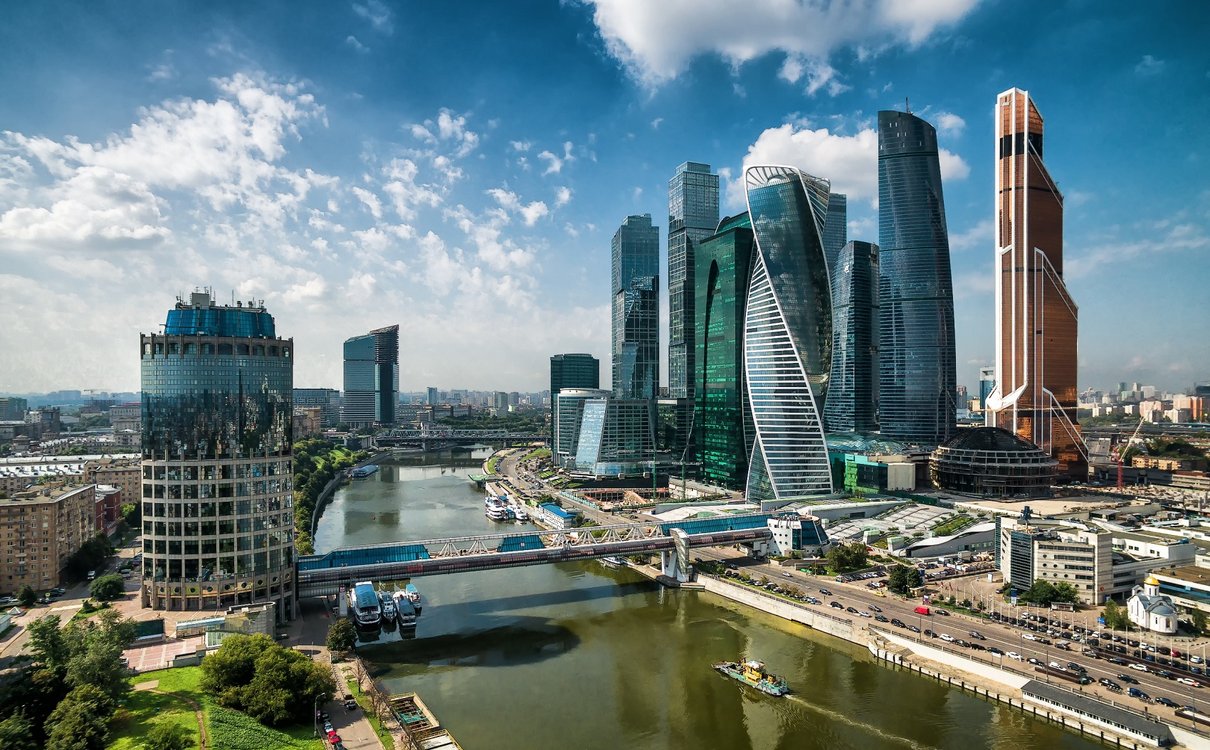
Culinary & Culture
Warming your heart and your bones
Whatever you want to do culture-wise, you will find it. It’s romantic, it’s entertaining and has its very special magic: The Bolshoi Theatre is a class of its own, of course. But world-class concerts at the Moscow Conservatory are equally affordable as the cultural events in Gorkij Park. Furthermore, different festivals take place throughout the year.
There is no real “national” dish to Russian cuisine. But, considering the cold, it is no wonder that it includes some famous soup recipes. Borscht has spread across Eastern Europe and beyond, adopted to local tastes along the way. There’s much more to it than beetroot, though. It comes with or without meat, potato, herbs (usually dill) and a dollop of sour cream. Moscow style borscht has beef, ham and Vienna sausage pieces in the broth. Cabbage soup (Shchi) has been part of Russian culture for age and is usually enjoyed in the summertime. Sweet-and-Sour Cabbage has cabbage cooked in red wine vinegar, applesauce, butter and onions. Solyanka Soup is a hearty soup made from thick chunks of beef and/or pork, cooked for hours over a low flame with garlic, tomatoes, peppers and carrots.
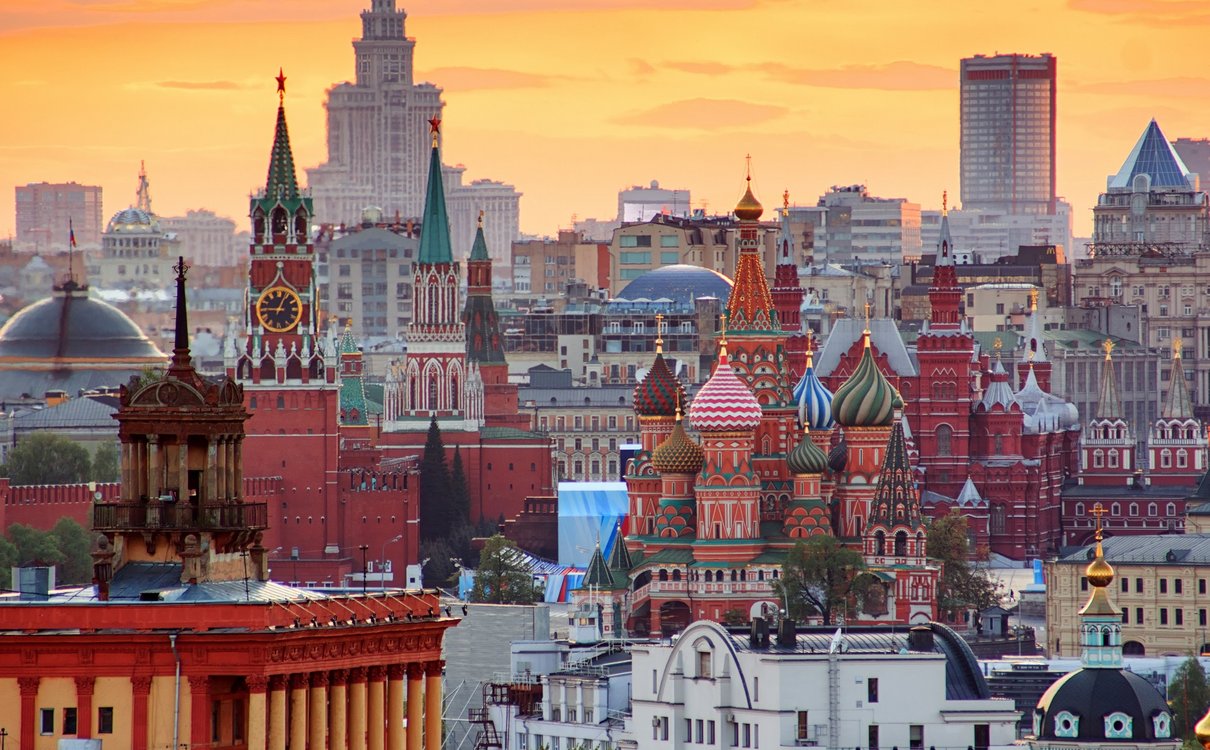
צור קשר
Krasnogorsk
Russian Federation

